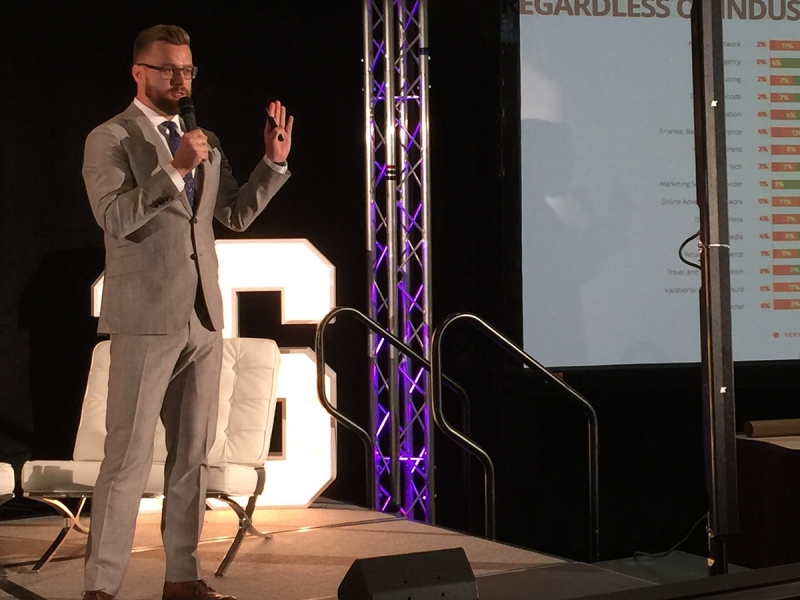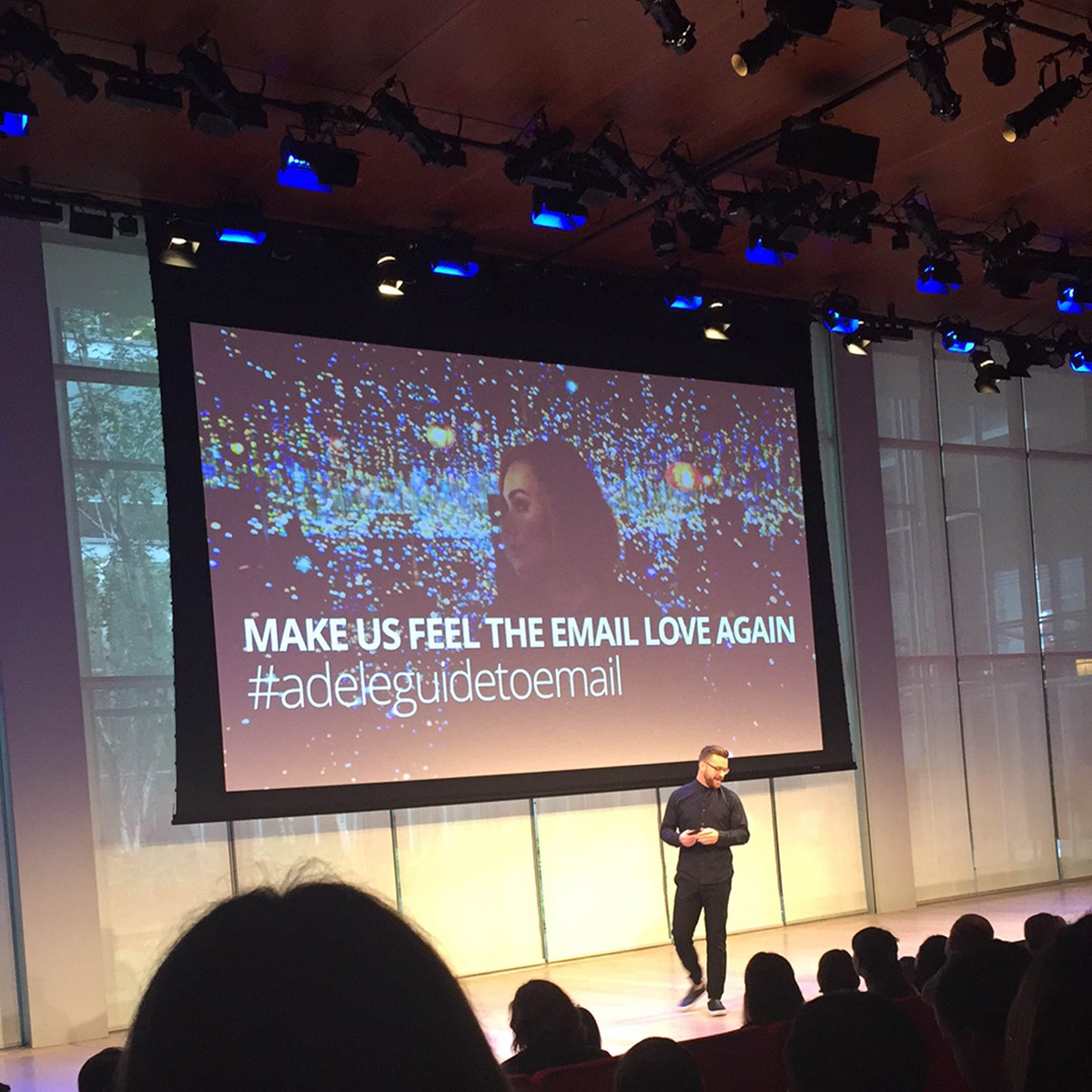How to improve the customer experience
Give thought to the little touches and small tweaks that make people want to come back and do business with you.
• May 2019 issue
Michael Barber has spent his career helping organizations improve their customer experience. Barber is senior vice president and chief creative officer at the marketing agency Godfrey. He spoke at Imaging USA in January in the popular Bridging the Gap track, explaining how photographers can optimize their customer experience by looking to bigger brands for guidance.

Michael Barber
By framing his customer experience lessons in Beyoncé song titles, Barber makes it memorable and drives the message home.
So “Listen” as we “Countdown” Barber’s tips and dish some “Flawless” help to “Upgrade U” to a new standard of customer experience in your studio.
THE PLAYLIST
“Be Close to Us.” This concept boils down to being accessible and open. OK, so maybe you don’t need to be available all night, but the idea is to make it as easy as possible for customers to be interact with you as a business. “This requires thinking, all the time, about the connection between what you’re creating and what you want your customers to do,” says Barber. How does your art advance your message? How do you communicate an intended action for your customers through your photography and products?
“Crazy in Love.” Get crazy in love with your customers, to be specific. To do this, you need to inject empathy into all of your customer interactions. Listen, understand their pain points, and find ways to address those points. Show them that you care and you’re working to make their experiences better.
Ensure that everyone who interacts with your customers has been trained in this approach—from those who answer the phone to those who assist with sessions. It’s also important that anyone who is in a customer service role (which is almost everyone in the typical photography studio) has the power to make things right. That means trusting and empowering employees to be good brand ambassadors.

Michael Barber
“Closer I Get to You.” Not a Beyoncé song, but the tune still applies. Your customers want you to understand them better and make their lives simpler. So get a little closer. Make it easier to find you. Give your customers the ability to transact with our business as easily as possible.
How do you do this? Start with your online presence. Is your website well thought out, clear, and informative? Do you plainly explain what you do and how your process works? Do you post relevant FAQs where people can find them? Do you make the process of contacting you through multiple formats (email, phone, messaging, etc.) simple and effective? Remember: This isn’t about you and how you prefer to communicate. It’s about consumers and all the individual preferences they have.
Don’t make the customer experience needlessly difficult. You want to sell your work, and there are people out there who want to buy it, so think about every step of the process to make that transaction as smooth as possible.
“Déjà Vu.” Make your customer experience so consistent it feels like déjà vu. Everything related to your business should be uniform in tone, style, and substance.
“One of the things we’ve heard from years and years of market research is that when you start to deliver a consistent experience for customers, they expect to have that consistent experience over and over again,” explains Barber. “You don’t necessarily have to have the best product or service to deliver consistency. Take Starbucks, for example. The coffee is fine, but it doesn’t blow your mind. However, the experience Starbucks provides is amazingly consistent. I can have the same experience at any Starbucks store from the U.S. to Europe to Asia.”
That consistency brings people back because they know what to expect. They understand in advance what they’re going to get, and they’re confident making a purchase with that knowledge. When you combine that consistency with an excellent product, that’s when a business starts to take off.
It’s easy to get off track when it comes to consistency. For example, if the imagery, style, and language in your marketing materials isn’t consistent with the imagery, style, and language in your studio, then customers will be confused. If people hear one thing from one employee and a different message from another, then they don’t know what to believe.
“This idea of consistency feels like a natural thing we should be doing, but it takes constant attention,” says Barber. “It’s really important to maintain that consistency so you don’t violate the psychological norms of what customers expect.”

Michael Barber
“Best Thing I Never Had.” Be the best your customers have ever had. When it comes to being the best, it’s the little things that count. When you look at what you do as a business, what are the details that make a big difference?
To come up with ideas, consider how platforms in other spaces have made their customers’ lives better. Barber points to Dropbox as one example. Dropbox started out as a simple file-sharing app but wanted to be a bigger part of customers’ lives. So functionality was added to digitize any picture you take, auto-upload it to its platform, and organize it so you don’t have to wonder where it is. Instant online, cloud-based file storage designed to simplify people’s lives. And there’s Amtrak, which figured out that most of its ticket bookings occurred 24 to 48 hours before departure. So it put a clickable icon right next to the calendar on its website reading, “Today or Tomorrow.” It found that 80 percent of its website visitors click “Today or Tomorrow” 90 percent of the time they’re on the site. Ease, convenience, higher bookings.
Give thought to the little touches and small tweaks that make people want to come back and do business with you.
Jeff Kent is the editor-at-large of Professional Photographer.
Tags: branding business operations sales


